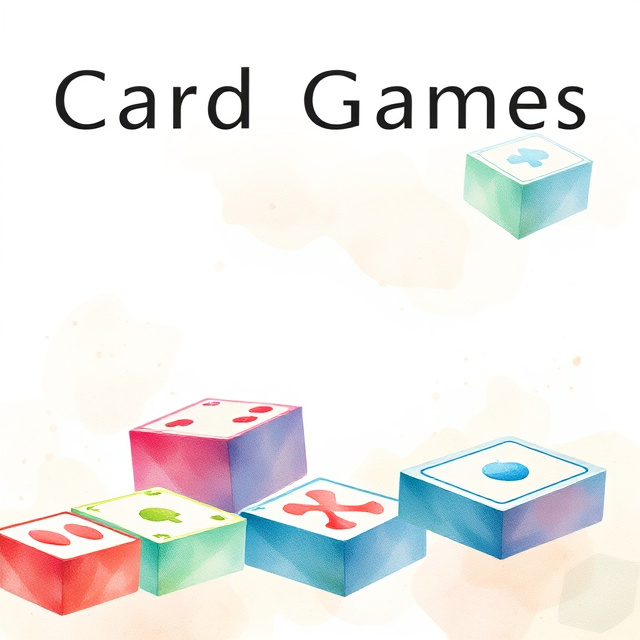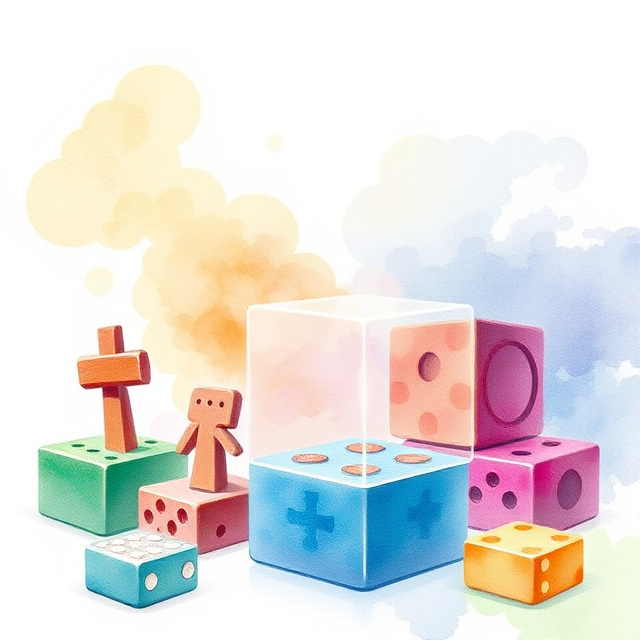
Brain Teasers

Card Games

Jigsaw Puzzles

Party Games


When it comes to organizing the "Games & Puzzles" category, market research shows that...


When it comes to organizing the "Games & Puzzles" category, market research shows that consumers gravitate towards clear, intuitive structures. Industry analysis indicates that a well-defined hierarchy—starting with broad categories like "Board Games," "Card Games," and "Puzzles"—helps shoppers navigate their choices more effectively. Data suggests that subcategories should reflect common themes or gameplay mechanics, such as strategy versus luck-based games, to enhance user experience. Interestingly,
When it comes to organizing the "Games & Puzzles" category, market research shows that consumers gravitate towards clear, intuitive structures. Industry analysis indicates that a well-defined hierarchy—starting with broad categories like "Board Games," "Card Games," and "Puzzles"—helps shoppers navigate their choices more effectively. Data suggests that subcategories should reflect common themes or gameplay mechanics, such as strategy versus luck-based games, to enhance user experience. Interestingly, while some retailers clutter the space with niche categories, industry reports suggest that a streamlined approach can actually improve sales. After all, who wants to sift through a maze of options just to find a classic puzzle? A good rule of thumb is to prioritize popular genres and recognizable formats over less common variations that might confuse shoppers. Moreover, statistics indicate that around 65% of consumers prefer browsing categories organized by age and skill level, which underscores the importance of tailoring your structure to meet diverse consumer needs. Ultimately, clear categorization not only aids in discovery but also fosters a sense of trust; after all, nothing says “I’ve got my life together” like knowing exactly where to find your next game night staple. So, if you’re still organizing games by color—what are you doing?




